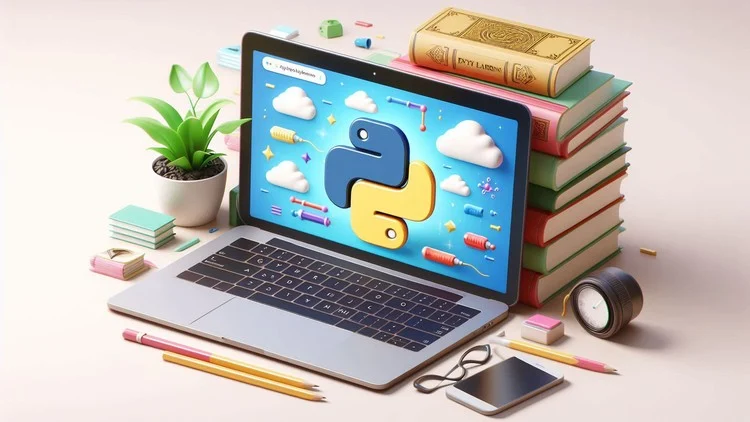Introduction
Python remains one of the most popular programming languages in 2025, powering everything from simple scripts to complex machine learning models. Whether you’re a complete beginner or an advanced developer, mastering Python will open doors to diverse opportunities in software development, data science, automation, web development, and more. In this comprehensive guide, we’ll explore Python fundamentals, advanced techniques, key libraries, and best practices that you need to know to excel in 2025.
1. Why Python?
Python’s simplicity, readability, and versatility make it the go-to language for many developers. Its vast ecosystem of libraries, frameworks, and tools allows you to build anything from web applications to artificial intelligence solutions. Here are some key reasons why Python continues to dominate the programming world:
-
Easy to learn and use: Python’s clear syntax is beginner-friendly and highly readable.
-
Wide applications: Data science, web development, automation, scripting, and more.
-
Strong community: Millions of developers contribute to a rich ecosystem.
-
Cross-platform compatibility: Works on Windows, macOS, Linux, and more.
-
High demand in the job market: Python skills are sought after across industries.
2. Getting Started with Python
Before diving into advanced topics, it’s essential to build a strong foundation.
2.1 Installing Python
You can download Python from the official website (https://python.org). The latest stable version as of 2025 is Python 3.11. Follow installation instructions for your OS and verify your installation by running:
or
2.2 Python IDEs and Tools
Choosing the right development environment can boost your productivity. Popular Python IDEs include:
-
PyCharm: Powerful, feature-rich IDE.
-
VS Code: Lightweight with extensive Python extensions.
-
Jupyter Notebook: Ideal for data science and interactive coding.
-
Thonny: Great for beginners.
3. Python Basics: Core Concepts
3.1 Variables and Data Types
Python supports various data types such as integers, floats, strings, booleans, lists, tuples, dictionaries, and sets.
Example:
3.2 Control Structures
-
Conditional statements (
if,elif,else) -
Loops (
for,while)
Example:
3.3 Functions
Functions allow code reuse and modularity.
4. Advanced Python Features
4.1 List Comprehensions
Concise way to create lists.
4.2 Generators and Iterators
Efficient looping over large datasets without loading everything into memory.
4.3 Decorators
Modify behavior of functions or methods.
5. Popular Python Libraries in 2025
5.1 Data Science and Machine Learning
-
NumPy: Numerical computing.
-
Pandas: Data manipulation.
-
Matplotlib / Seaborn: Data visualization.
-
Scikit-learn: Machine learning algorithms.
-
TensorFlow / PyTorch: Deep learning.
5.2 Web Development
-
Django: Full-stack web framework.
-
Flask: Lightweight micro-framework.
5.3 Automation and Scripting
-
Selenium: Browser automation.
-
Requests: HTTP requests.
6. Building Real-World Python Projects
Practical experience is vital. Here are some project ideas:
-
Web scraper: Extract data from websites.
-
Personal blog: Build using Flask or Django.
-
Chatbot: Use NLP libraries.
-
Automation scripts: Automate repetitive tasks.
7. Best Practices for Python Developers
-
Write readable and PEP 8 compliant code.
-
Use virtual environments for dependencies.
-
Test your code using frameworks like
unittestorpytest. -
Document your code clearly.
-
Use version control (Git).
8. Preparing for Python Developer Jobs
-
Build a portfolio with projects on GitHub.
-
Learn to use databases (SQL, NoSQL).
-
Understand APIs and RESTful services.
-
Practice problem-solving on platforms like LeetCode or HackerRank.
-
Stay updated with new Python releases and features.
Conclusion
Mastering Python in 2025 means going beyond the basics to harness its full power with advanced features, libraries, and real-world projects. By following this guide, you’ll be well on your way to becoming a proficient Python developer capable of building impactful software solutions.

